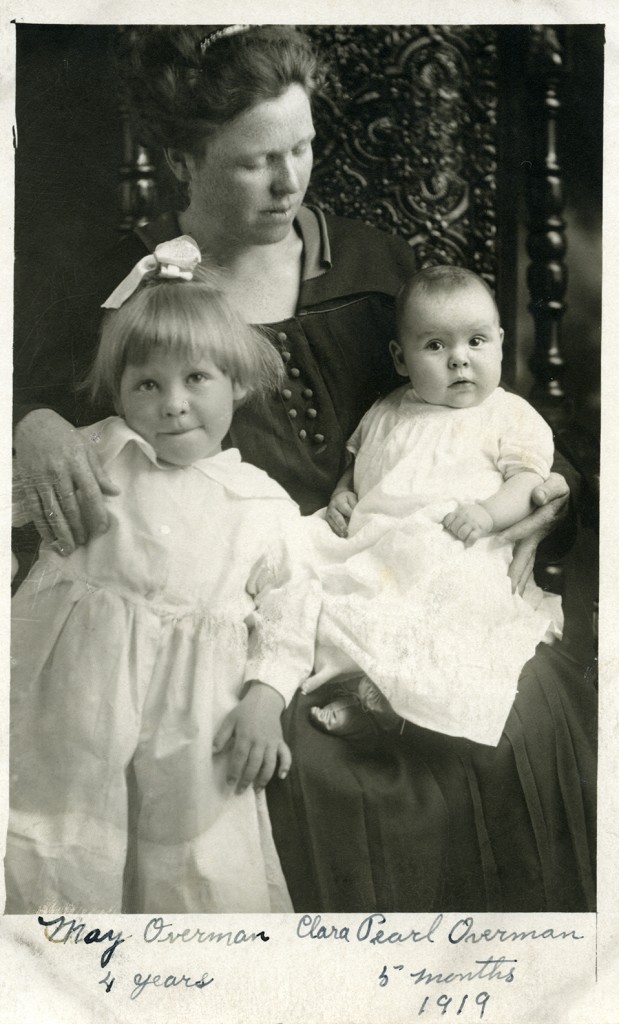
For women in the early twentieth century, pregnancy and childbirth were natural facts of life. But because of economic, cultural, and demographic circumstances, pregnancy and childbirth could also present great risks. Women, especially rural homesteaders in eastern and central Montana, often lacked access to reliable care and information. Remoteness, harsh weather, poverty, and cultural taboos against openly discussing pregnancy made childbirth unusually hazardous in Montana.
Maternal and infant mortality in the state were serious problems in the first decades of the twentieth century, especially among rural women. Vanessa Paradise, the author of a 1917 survey of an eastern county, found that, compared with other rural states, Montana had a “very bad record of maternal losses.” Two years later, according to historian Dawn Nickel, the state was in the “ ‘unenviable position’ of having the highest reported infant mortality rate” in the Northwest. For Native Americans, the statistics were even more grim. A 1927 report found that “in Montana the infant mortality rate among Native Americans was 185.4 [per one thousand births], compared to only 69.1 for whites.” Continue reading Childbirth and Maternal Health in Early-Twentieth-Century Montana